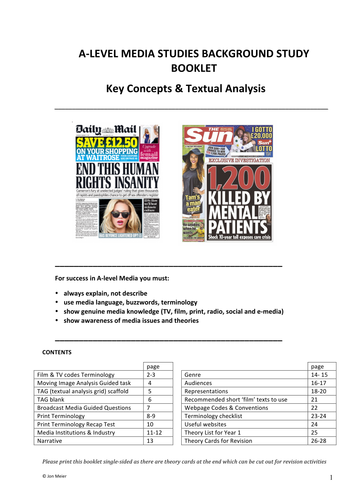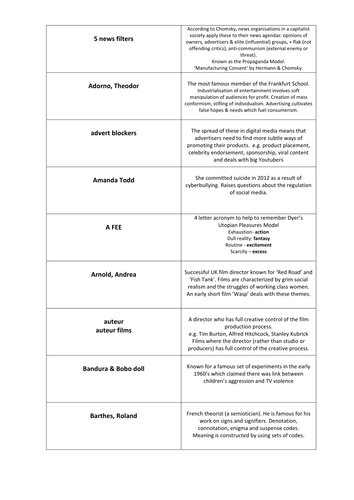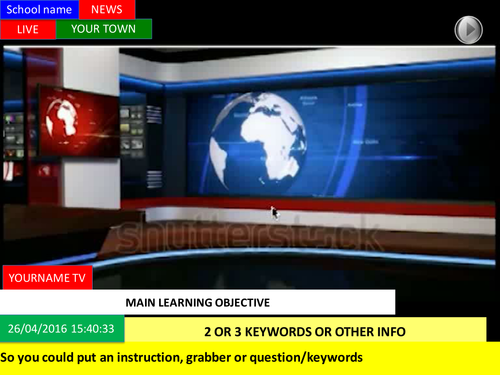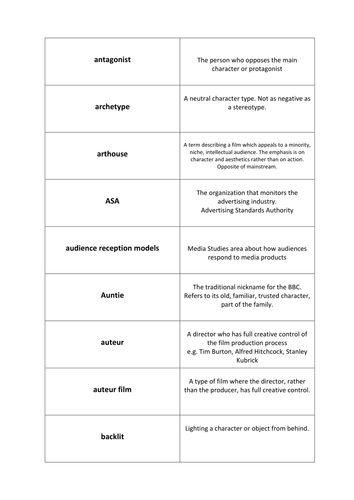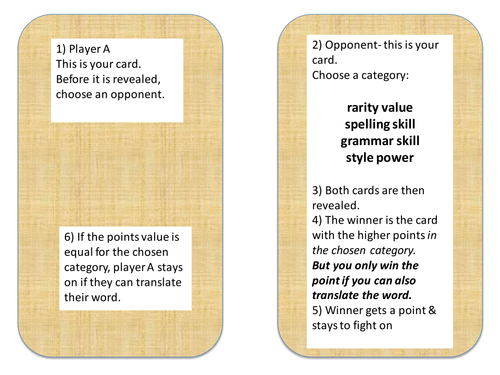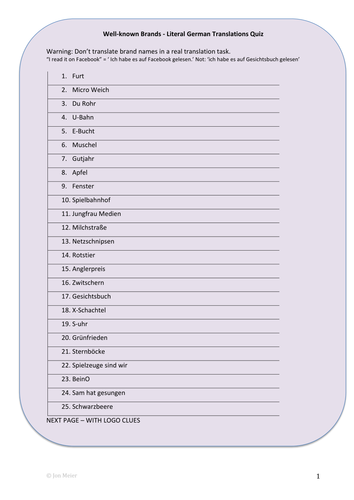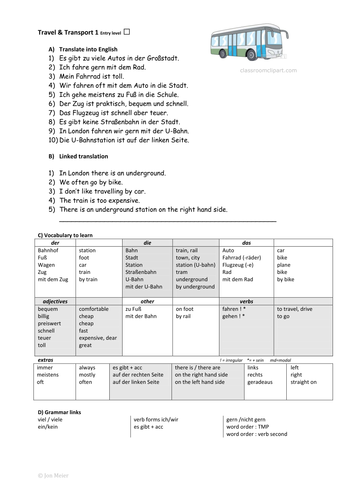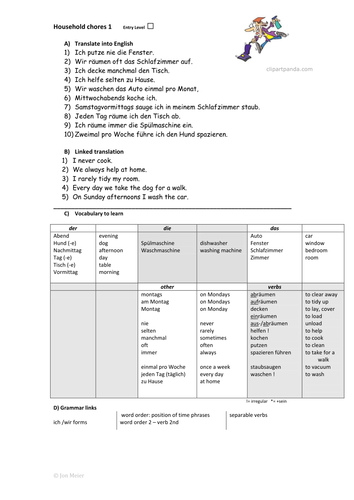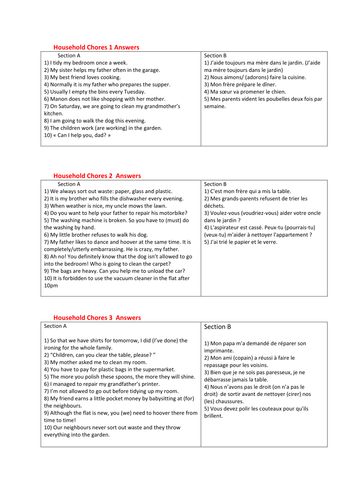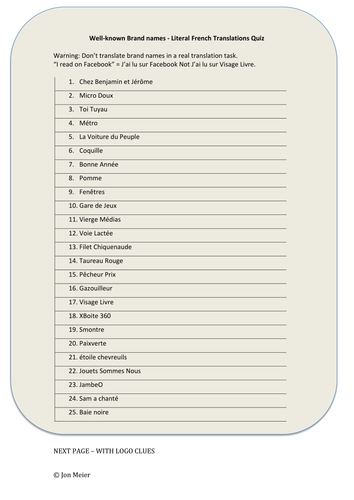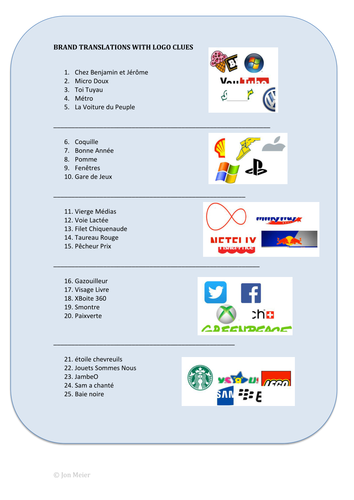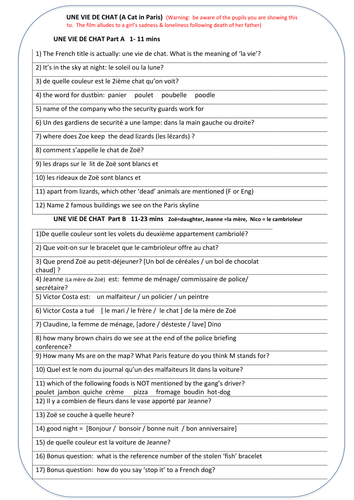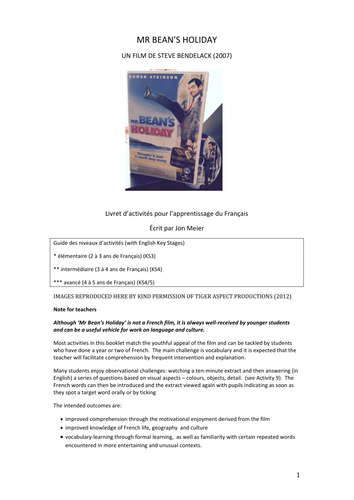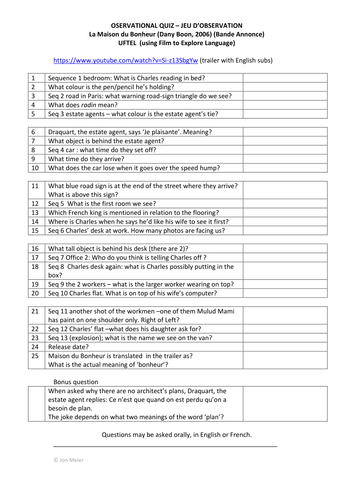Jon Meier's Shop
A passionate MFL and Media teacher for over 30 years, I am also a co-author of Expo 1 & 2 and am still involved in commercial textbook writing. I was an Advanced Skills Teacher for Modern Languages, running successful workshops for teachers. You will find here a range of resources for French and German teaching, mainly for 11-16 year olds. Plus some A-Level Media Studies and general learning resources. Based on over 30 years' classroom experience in the non-selective secondary state sector.


